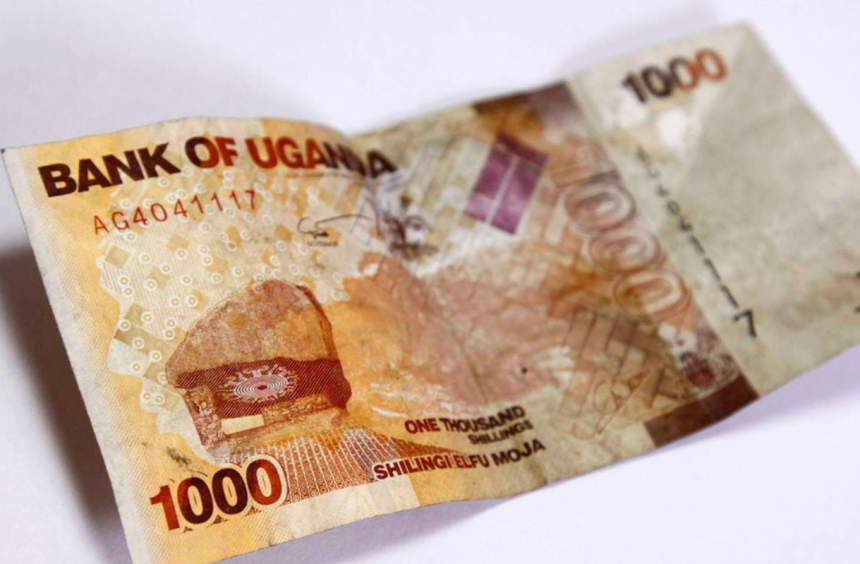Efforts to replace Uganda’s 1,000 shilling banknote with a coin continue to face major setbacks, as rising minting costs and widespread public reluctance challenge the Bank of Uganda’s (BOU) currency reform agenda.
Initially envisioned as a smooth transition, the process has proven unexpectedly difficult. Over the past two years, the rollout of the new coins has been delayed, primarily due to procurement bottlenecks and the escalating cost of production.
According to BOU Director of Research, Dr. Adam Mugume, the expected supply of replacement coins has yet to materialize—keeping the old banknotes in stubbornly wide circulation.
One of the biggest challenges is financial. In the past 12 months, the cost of minting coins rose sharply by 53 percent, climbing from Shs9.3 billion to Shs13.3 billion.
While this remains below the Shs18 billion threshold that would trigger a formal review of the strategy, it poses a significant strain on the central bank’s budget.
To better understand the economic trade-offs, the Bank of Uganda commissioned the International Monetary Fund (IMF) in June 2023 to conduct a cost-benefit analysis of replacing low-denomination notes with coins.
This move was formalized in a letter of intent signed by Finance Minister Matia Kasaija and Dr. Mugume, citing the rising costs and operational difficulties of the transition.
Despite these headwinds, BOU insists the long-term advantages of using coins—such as durability and lower replacement frequency—justify the initial expense and complications. Dr. Mugume noted that the global coin production industry has become more complex, with minting companies reducing output and requiring steady demand to remain viable.
However, public acceptance remains a major obstacle. The 1,000 shilling coin, first introduced in 2012 to commemorate Uganda’s 50th independence anniversary, has failed to gain traction and is rarely used in everyday transactions. This lack of public uptake significantly undermines the bank’s efforts to phase out the banknote.
While the Bank of Uganda’s latest annual report shows an overall decline in the cost of issuing banknotes, the attempt to shift from the 1,000 shilling note to coins remains a persistent challenge in its broader currency management strategy.




















